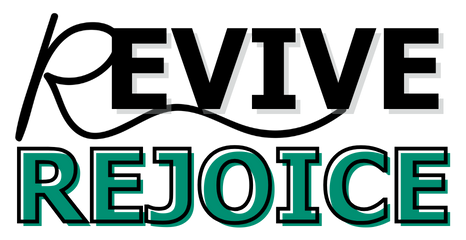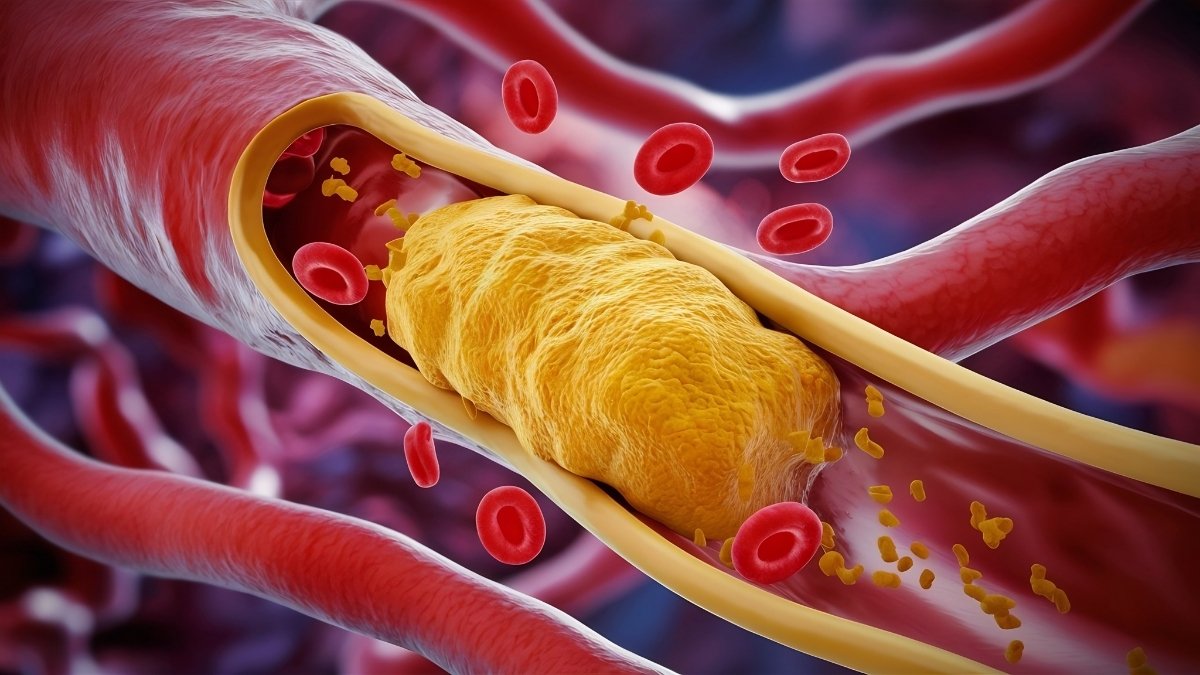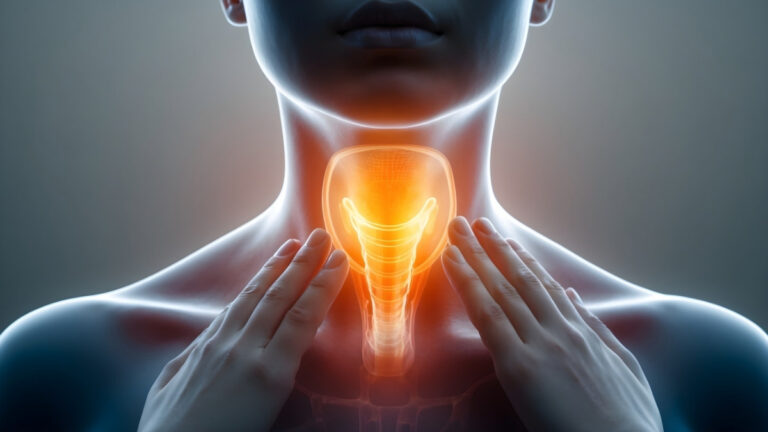Why Doctors Say These 15 Foods to Avoid Like the Plague Over 30 If You Have High Cholesterol
Your morning bagel with cream cheese could be silently sabotaging your heart health—and most people over 30 have no idea.
That seemingly innocent breakfast contains nearly 200mg of cholesterol, pushing you dangerously close to your daily limit before you’ve even left the house.
Here’s the sobering reality: 95 million American adults currently have high cholesterol, with rates skyrocketing after age 30.
Why? Your metabolism slows by 2-3% each decade, making your body less efficient at processing dietary cholesterol. Meanwhile, hormonal changes and increased stress compound the problem, turning foods that were once harmless into cardiovascular time bombs.
High Cholesterol Foods to Avoid After 30
🎯 Why Cholesterol Management Changes After 30
Your body’s cholesterol game changes – here’s what you need to know
Heart Disease Risk by Age Group
- Hormone changes affect cholesterol processing
- Increased stress impacts heart health
- Dietary cholesterol directly impacts blood levels
- Sedentary lifestyle becomes more harmful
🍳 Breakfast Culprits (Foods 1-3)
Morning foods that spike your cholesterol
Egg Yolks
One yolk = 62% daily cholesterol limit
Buttered Toast
Raises LDL cholesterol levels
Breakfast Pastries
Worst type of fat for heart health
372mg cholesterol
186mg cholesterol
🧀 Dairy Disasters (Foods 4-6)
Hidden cholesterol bombs in your fridge
Full-Fat Cheese
Plus 6g saturated fat
Whole Milk
5g saturated fat per cup
Ice Cream
10g saturated fat
Most people eat 2-3x the recommended serving size of dairy products, multiplying cholesterol intake.
- Oat milk: 0mg cholesterol
- Almond cheese: 0mg cholesterol
- Coconut ice cream: 0mg cholesterol
🥩 Meat Mistakes (Foods 7-9)
Protein sources that harm your heart
Organ Meats (Liver)
Nearly 2x daily cholesterol limit
Processed Meats
Preservatives increase heart risk
Fatty Beef Cuts
Marbled cuts are worst
Cholesterol Comparison: Meat Cuts
🦐 Seafood Surprises (Foods 10-12)
Ocean foods that aren’t as healthy as you think
Shrimp
28% of daily cholesterol limit
Lobster
Often served with butter
Fried Fish
Cooking method matters most
59mg cholesterol
High in Omega-3s
64mg cholesterol
Rich in healthy fats
41mg cholesterol
Low mercury
🕵️ Hidden Hazards (Foods 13-15)
Sneaky sources of cholesterol you miss
Commercial Baked Goods
Shortening & margarine
Deep Fried Foods
Oil absorption creates compounds
Margarine
Check labels carefully
Even products labeled “0g trans fat” can contain up to 0.5g per serving. Multiple servings add up quickly!
🔄 Smart Swaps: Healthy Alternatives
1:1 replacements that taste great and save your heart
24mg cholesterol
5g saturated fat
0mg cholesterol
0.5g saturated fat
31mg cholesterol
7g saturated fat
0mg cholesterol
2g saturated fat
155mg cholesterol
High saturated fat
85mg cholesterol
Lower saturated fat
- Buy plant milk in bulk for 30% savings
- Frozen fish costs 40% less than fresh
- Make your own baked goods with heart-healthy oils
- Shop seasonal produce for maximum savings
🔍 Reading Labels Like a Pro
Decode nutrition labels to protect your heart
⚠️ Red Flag Ingredients to Avoid:
• Partially hydrogenated oil
• Hydrogenated vegetable oil
• Vegetable shortening
• Palm oil
• Coconut oil
• Lard or animal fat
• Unrealistically small portions
• Multiple servings per package
• “Per container” vs “per serving”
Daily Value Guide
- American Heart Association Certified
- USDA Organic (often has less processing)
- Non-GMO Project Verified
- “No Trans Fat” specifically stated
📅 Your 7-Day Cholesterol-Fighting Action Plan
Step-by-step plan to transform your diet and health
Assessment & Clean Out
Action: Remove high-cholesterol foods from pantry and fridge
Goal: Identify your biggest cholesterol sources
Track: Current cholesterol intake using food diary
Smart Shopping
Action: Grocery shop with heart-healthy alternatives list
Goal: Stock kitchen with cholesterol-friendly options
Track: Money saved on processed foods
Meal Prep & Planning
Action: Prepare 3 heart-healthy meals and snacks
Goal: Establish new eating patterns
Track: Energy levels and how you feel
Review & Commit
Action: Assess progress and plan next week
Goal: Create sustainable long-term habits
Track: Overall cholesterol reduction achieved
- Cholesterol levels above 240 mg/dL
- Family history of heart disease
- Taking cholesterol medications
- Have diabetes or other risk factors
Diet changes can reduce cholesterol by 10-25%. Combined with exercise and medication (if needed), reductions of 30-50% are possible. Small daily changes create big long-term results!
Why Your Cholesterol Numbers Matter More Now
After 30, your body changes. It doesn’t process cholesterol like it used to. What you eat today shows up in your blood tests next month.
High cholesterol clogs your arteries. This leads to heart attacks and strokes. The good news? You can control this with smart food choices.
Food #1: Egg Yolks – The Breakfast Cholesterol Bomb
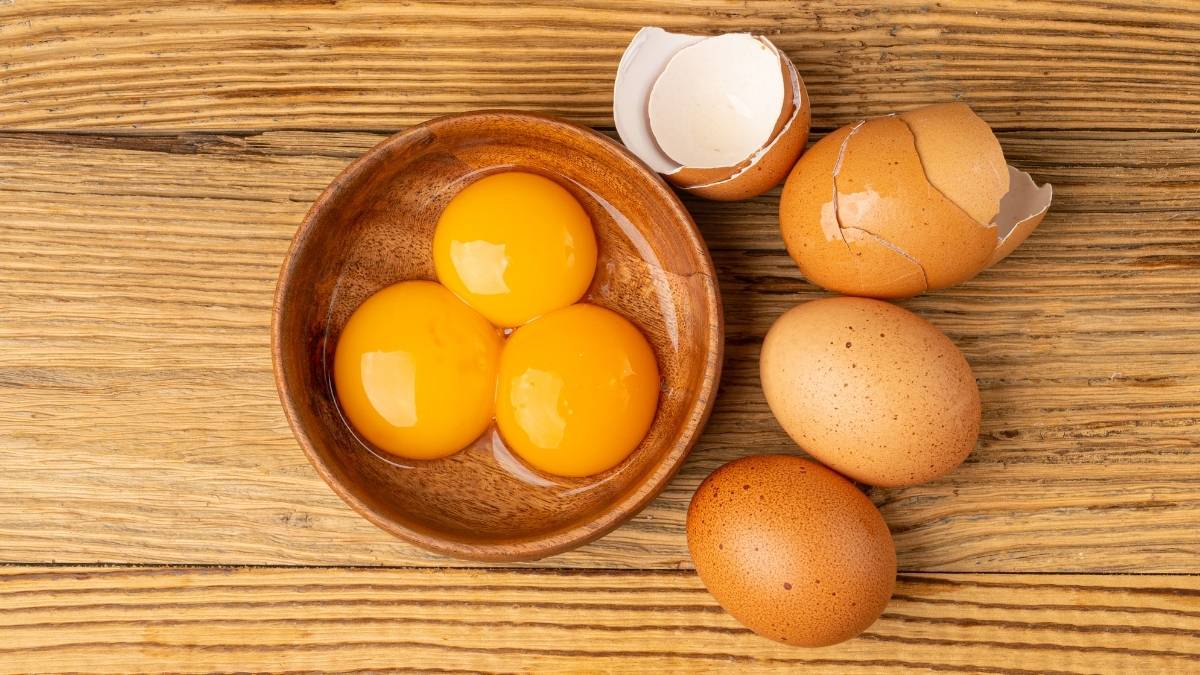
What’s the Problem?
One large egg yolk packs 186mg of cholesterol. That’s 62% of what you should eat all day. Most people eat 2-3 eggs for breakfast. You just hit your daily limit before 9 AM.
Why It Hurts Your Health
Egg yolks contain the most dietary cholesterol of any common food. Your liver makes cholesterol naturally. When you eat more, your body makes even more. This double hit raises your blood cholesterol fast.
Where It’s Hiding
You think you’re safe because you don’t eat eggs? Think again. Egg yolks hide in:
- Baked goods like cookies and cakes
- Fresh pasta at restaurants
- Mayonnaise on your sandwich
- Hollandaise sauce on eggs Benedict
- Ice cream and custards
What to Eat Instead
- Egg whites have zero cholesterol
- Egg substitutes work great for baking
- Limit whole eggs to 2-3 per week maximum
- Try tofu scramble with vegetables
- Oatmeal with berries gives you protein and fiber
Food #2: Butter – The Artery Clogger
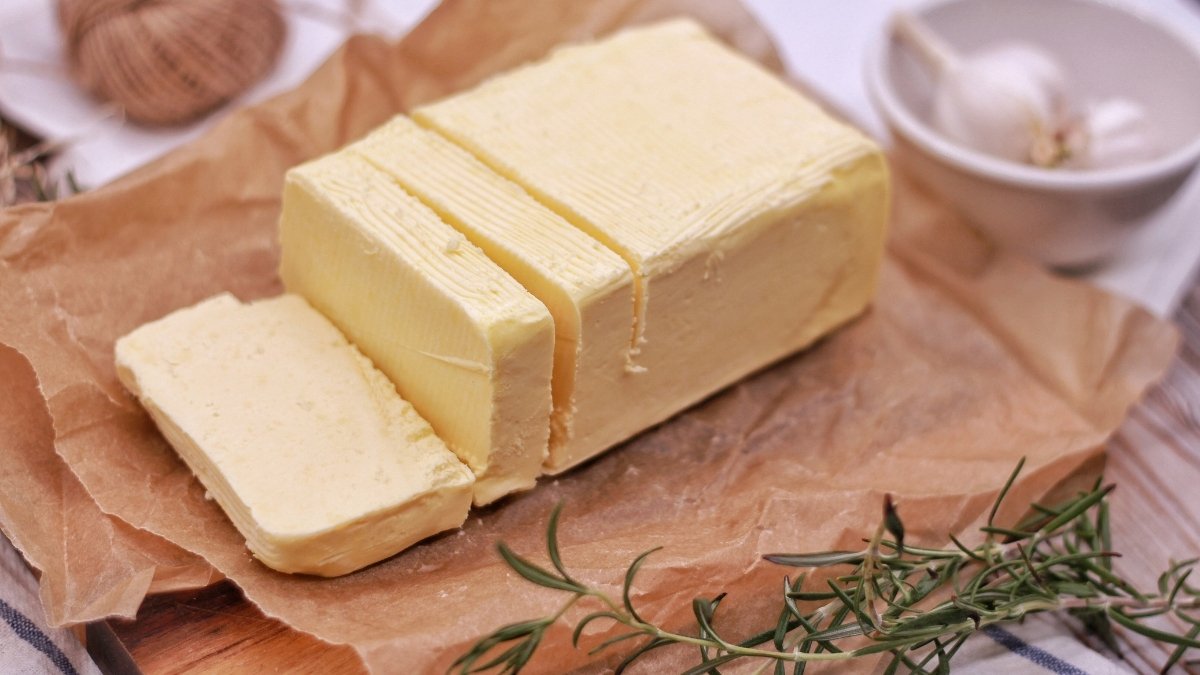
What’s the Problem?
One tablespoon of butter has 7 grams of saturated fat. That’s 35% of your daily limit. Most people use way more than one tablespoon.
Why It Destroys Your Heart
Saturated fat tells your liver to make more LDL cholesterol. LDL is the “bad” cholesterol that sticks to artery walls. Over time, this builds up and blocks blood flow to your heart.
Where It’s Sneaking In
Butter hides everywhere:
- Restaurant vegetables taste good because they’re loaded with butter
- Movie theater popcorn uses butter flavoring
- Baked goods like cookies, cakes, and pastries
- Garlic bread and dinner rolls
- Many sauces and gravies
Smart Swaps That Actually Taste Good
- Extra virgin olive oil for cooking and salads
- Mashed avocado on toast instead of butter
- Plant-based spreads (check the label for trans fats)
- Hummus as a spread for bread
- Coconut oil in small amounts for baking
Food #3: Commercial Pastries & Donuts – The Double Threat
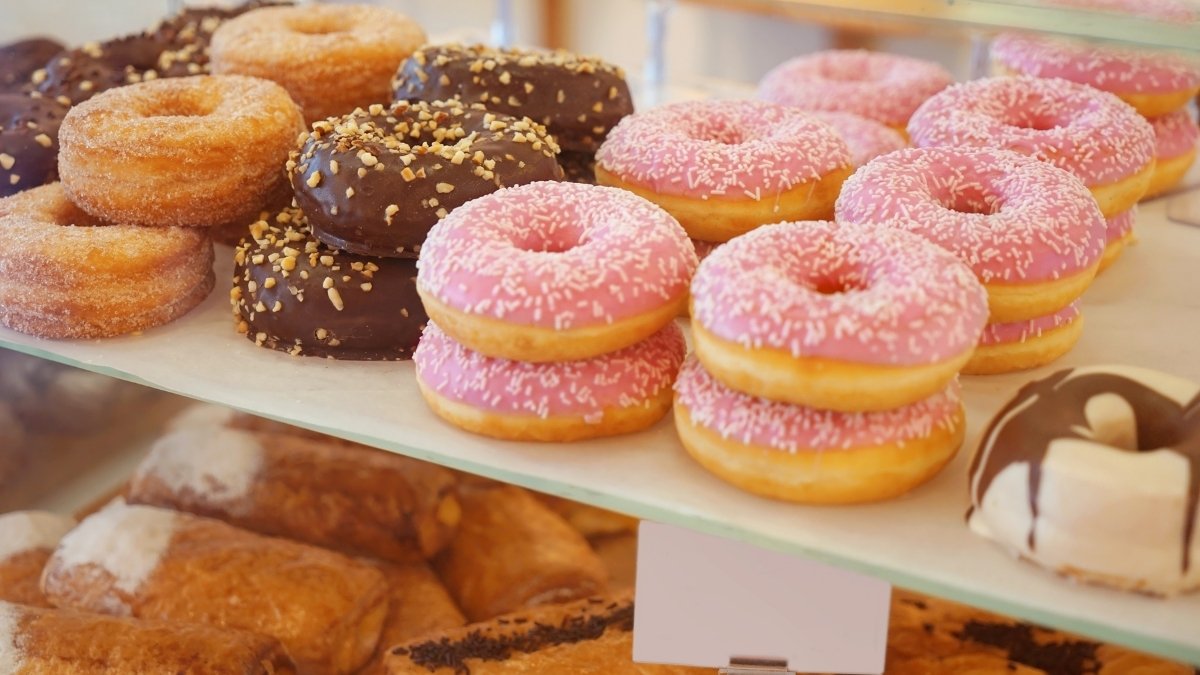
What Makes Them So Dangerous?
Pastries and donuts contain up to 5 grams of trans fat per serving. There’s no safe amount of trans fat. None. They also pack saturated fat and sugar, making them a triple threat to your heart.
Why They’re Worse Than Other Desserts
Trans fats do two bad things at once:
- They raise your LDL (bad) cholesterol
- They lower your HDL (good) cholesterol
This creates the worst possible scenario for your arteries. It’s like getting hit from both sides.
The Sneaky Places They Show Up
- Coffee shop muffins and scones
- Grocery store croissants
- Pre-made pie crusts
- Frosted cakes and cupcakes
- Packaged snack cakes
- Some breakfast bars
Better Morning Treats
- Steel-cut oatmeal with fresh berries
- Whole grain toast with mashed avocado
- Greek yogurt with nuts and fruit
- Homemade smoothie with spinach and banana
- Whole grain cereal with almond milk
Quick Action Steps
- Read labels carefully – Look for cholesterol, saturated fat, and trans fat numbers
- Cook more at home – You control what goes in your food
- Ask restaurants – How is this cooked? What fats do you use?
- Plan your breakfast – This meal sets the tone for your whole day
- Stock better options – Keep healthy alternatives in your kitchen
Your cholesterol levels after 30 depend on what you choose to eat today. Small changes add up to big results. You don’t have to give up everything you love. Just pick better options most of the time.
3 Dairy Foods That Spike Your Cholesterol (And What to Eat Instead)
1. Full-Fat Cheese: The Pizza Problem
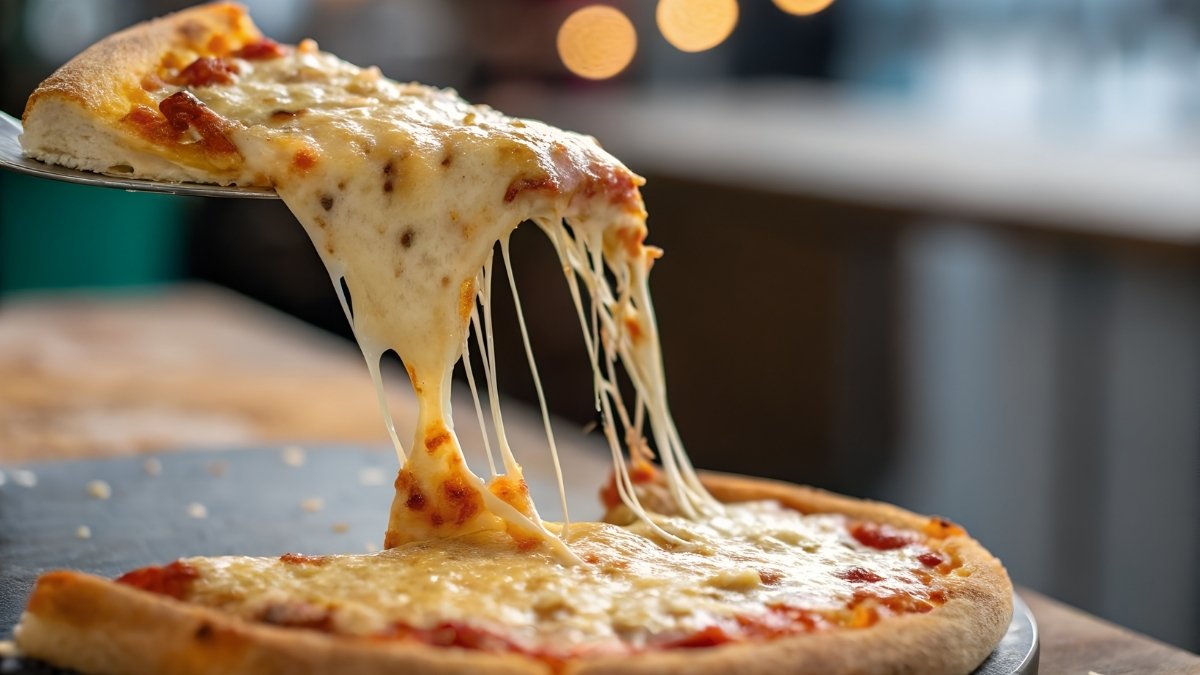
The Issue: One ounce of cheddar cheese packs 6 grams of saturated fat. That’s 30% of what you should eat all day.
Your body makes cholesterol naturally. When you eat foods high in saturated fat, your liver makes even more. This extra cholesterol can stick to your artery walls.
Where It Hides:
- Pizza (the biggest source for most people)
- Casseroles and pasta dishes
- Salad dressings
- Crackers and snack foods
The Fix: Switch to part-skim mozzarella. You’ll cut saturated fat in half but keep the taste. Nutritional yeast gives you that cheesy flavor in sauces. Plant-based cheese works great for cooking.
Quick Win: Order pizza with half the usual cheese. You won’t miss it, and your arteries will thank you.
2. Whole Milk: The Coffee Shop Trap

The Issue: One cup of whole milk delivers 24mg of cholesterol plus 5 grams of saturated fat. If you drink it daily, those numbers add up fast.
Most people don’t realize how much milk they consume. That latte? It has a full cup. Your cereal bowl? Another cup.
Where It Hides:
- Coffee drinks (lattes, cappuccinos)
- Smoothies
- Cereal
- Baked goods and muffins
The Fix: Skim milk cuts out the saturated fat completely. Almond milk, oat milk, and soy milk work great in coffee. They foam up nicely too.
Quick Win: Ask for skim milk in your next coffee order. Most coffee shops make this switch free.
3. Ice Cream: The Sweet Cholesterol Bomb
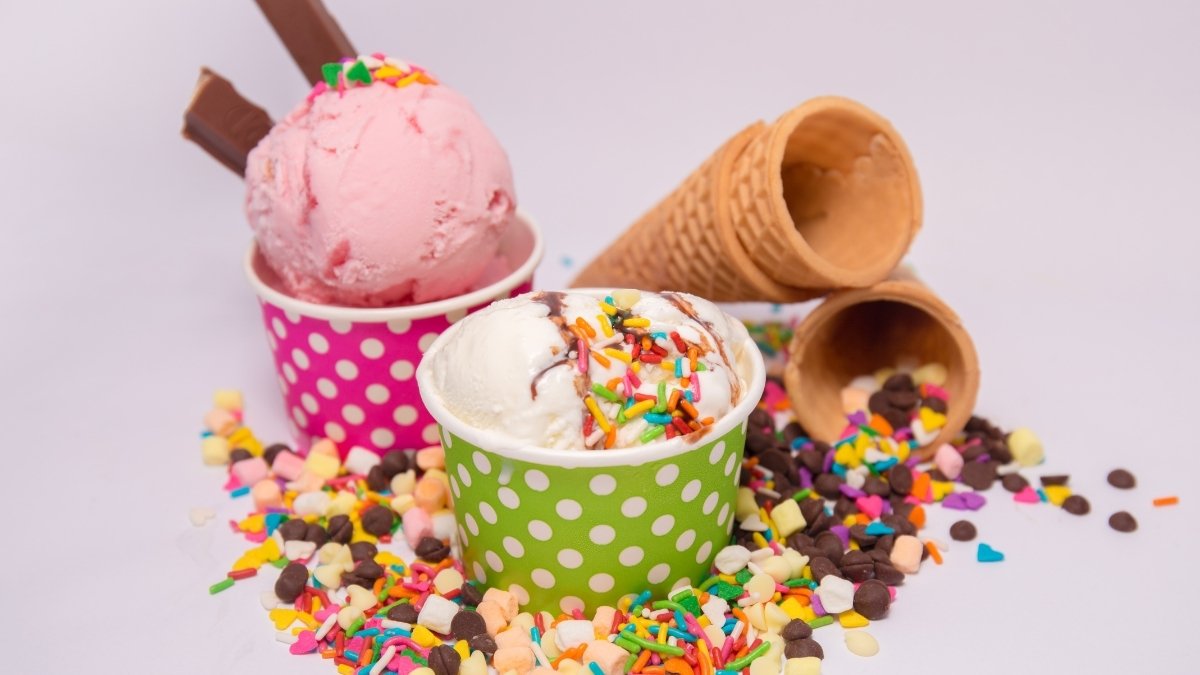
The Issue: Half a cup of ice cream contains 8-10 grams of saturated fat. That’s up to 50% of your daily limit in a tiny serving.
Ice cream combines two problems: high saturated fat and added sugar. This combo makes your cholesterol levels spike even higher.
Where It Hides:
- Milkshakes
- Frozen coffee drinks
- Dessert toppings
- Smoothie bowls
The Fix: Frozen yogurt has less saturated fat. Sorbet has none. “Nice cream” made from frozen bananas tastes creamy without the cholesterol hit.
Quick Win: Keep frozen bananas in your freezer. Blend them with cocoa powder for instant chocolate “ice cream.”
Why This Matters for You
These three foods show up in American diets every day. Small changes here make a big difference in your cholesterol numbers. Your doctor will notice. More importantly, your heart will too.
3 Meat Mistakes That Spike Your Cholesterol
Why Organ Meats Are Cholesterol Bombs
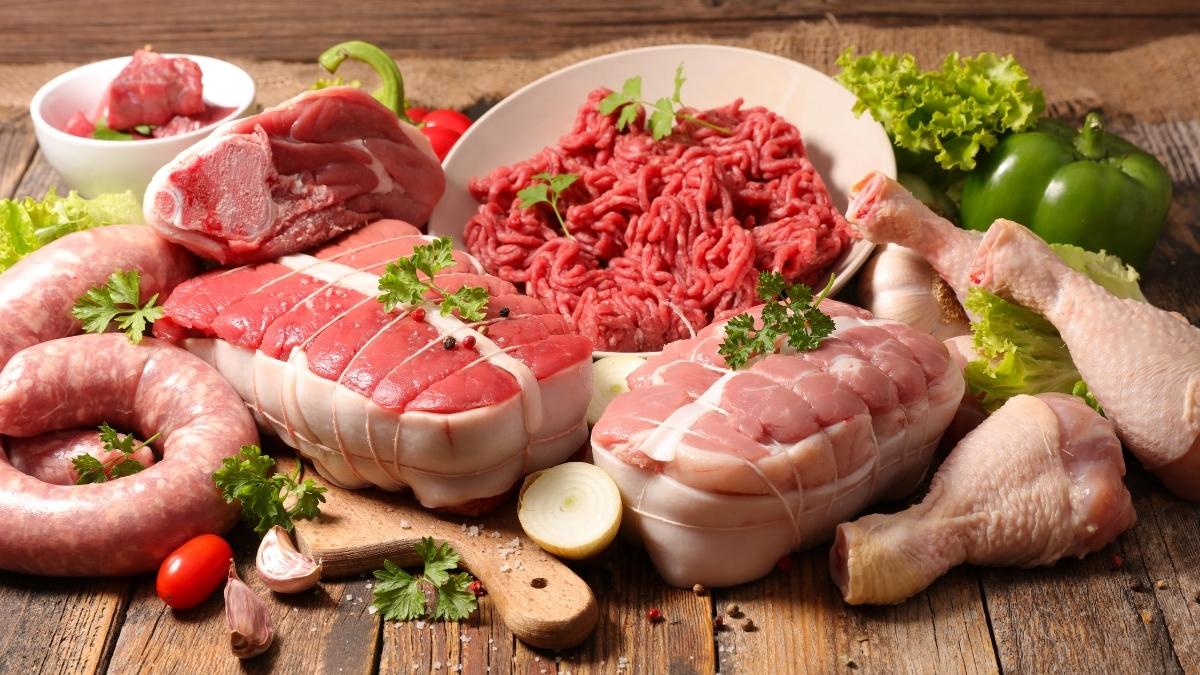
Your liver already makes all the cholesterol you need. But when you eat organ meats like liver, kidney, or brain, you’re adding way more.
The Numbers That Matter:
- Beef liver has 564mg of cholesterol in just 3.5 ounces
- That’s 188% of your daily limit in one serving
- No other food group has higher cholesterol
Where It Hides: You might eat organ meats without knowing it. Check these foods:
- Pâtés and spreads
- Some sausages and hot dogs
- Traditional dishes from other countries
What to Eat Instead:
- Skinless chicken breast
- Fish like salmon or cod
- Plant proteins like beans or tofu
Your heart will thank you for making the switch.
How Processed Meats Attack Your Arteries
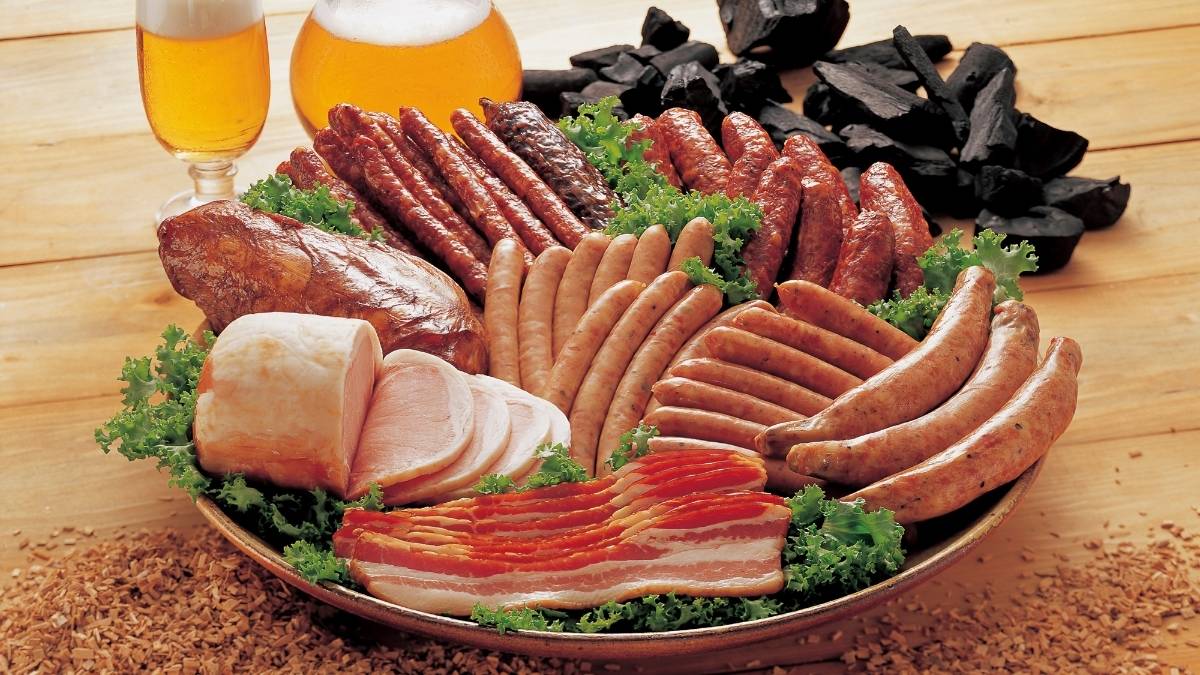
Bacon tastes great. But it’s doing bad things to your blood vessels.
The Double Problem: Processed meats hit you twice:
- 3-5 grams of saturated fat per serving
- Nitrates and preservatives that increase heart disease risk
Where It Hides: These foods sneak processed meat into your day:
- Pizza with pepperoni or sausage
- Deli sandwiches
- Breakfast combos at restaurants
What to Eat Instead:
- Sliced turkey breast (ask for low-sodium)
- Grilled chicken you cook yourself
- Plant-based deli slices
The change might seem small. But your cholesterol levels will drop fast.
Why Fatty Red Meat Clogs Your Arteries
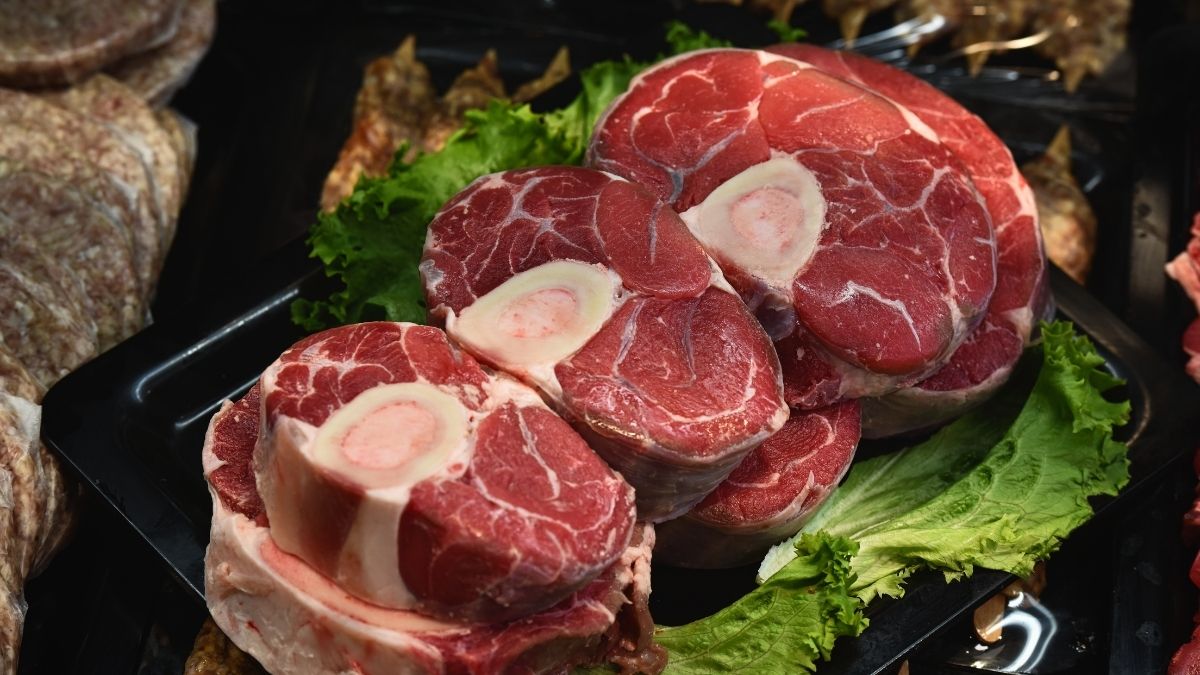
That marbled fat in your steak? It’s mostly saturated fat. And saturated fat raises your bad cholesterol.
The Fat Facts:
- Ribeye, T-bone, and 80/20 ground beef pack 6-8 grams of saturated fat per 3-ounce serving
- The white streaks you see are pure saturated fat
- Your liver turns this fat into cholesterol
Where It Hides: Restaurants love to serve fatty cuts:
- Steakhouse ribeyes and T-bones
- Burger joints using 80/20 ground beef
- Meatballs in pasta dishes
- Meat sauces on pizza
What to Eat Instead:
- Sirloin or tenderloin (lean cuts)
- Ground turkey that’s 93% lean, 7% fat
- Plant proteins like lentils or chickpeas
You can still enjoy meat. Just pick the lean cuts that won’t spike your cholesterol.
High-Cholesterol Seafood: What You Need to Know
Why Your “Healthy” Shrimp Might Be Hurting Your Heart
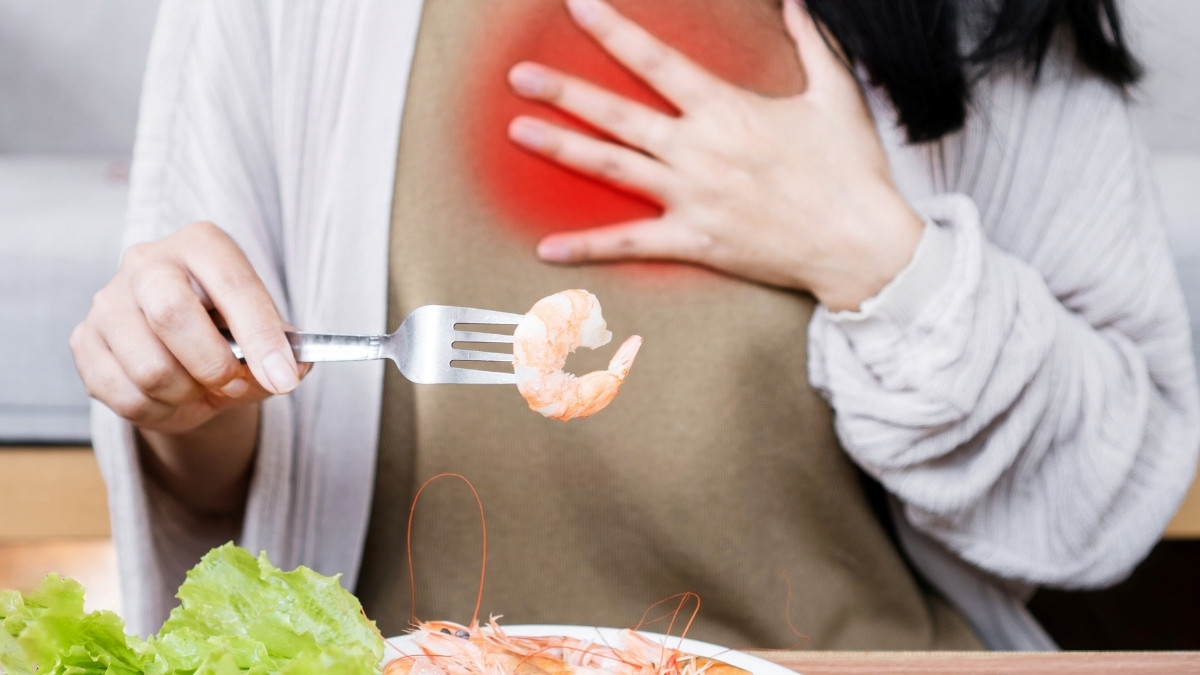
The Problem: You think you’re eating healthy when you order shrimp. But here’s the truth – shrimp packs more cholesterol than almost any other seafood.
The Numbers: One 3-ounce serving gives you 85mg of cholesterol. That’s 28% of what doctors say you should eat in a whole day.
Where It Hides:
- Seafood salads at the deli counter
- Pasta dishes at restaurants
- Those fancy cocktail appetizers at parties
What This Means for You: If you eat shrimp twice a week, you’re getting over half your weekly cholesterol limit from just this one food.
Smart Swap: Choose salmon, mackerel, or sardines instead. These fish give you healthy omega-3 fats that actually help your heart.
The Lobster Problem Most People Don’t Know About
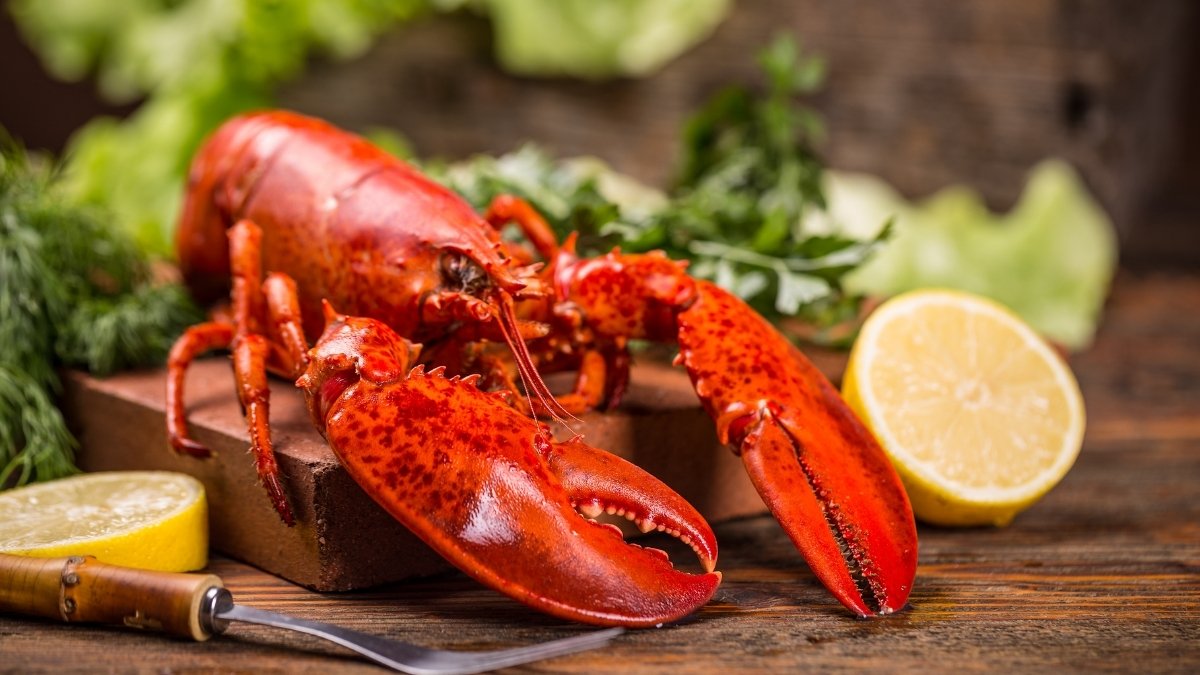
The Problem: Lobster seems fancy and healthy. But it’s loaded with cholesterol, and restaurants make it worse.
The Numbers: A 3-ounce piece has 72mg of cholesterol. Plus, most places serve it with butter, which adds even more bad fats.
Where It Hides:
- Seafood bisques (those creamy soups)
- Lobster rolls at summer restaurants
- Surf and turf dinner combos
Why This Matters: When you dip lobster in butter, you’re mixing high cholesterol with saturated fat. Your arteries don’t like this combo.
Better Choice: Try crab instead – it has less cholesterol. Or go with mussels or white fish like cod.
How Fried Fish Ruins a Good Thing
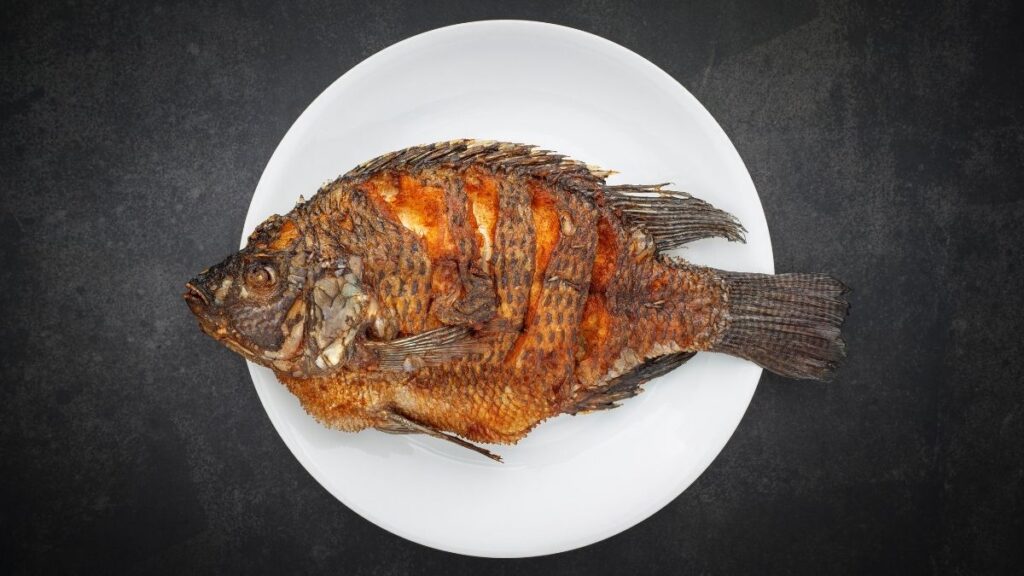
The Problem: Fish is supposed to be healthy for your heart. But when you fry it, you destroy the benefits and add harmful fats.
What Happens: The oil soaks into the fish. This adds trans fats and saturated fats that clog your arteries.
Where You’ll Find It:
- Fish and chips at restaurants
- Fast food fish sandwiches
- Any fish that’s been deep-fried
The Real Cost: You lose the healthy omega-3 fats that make fish good for you. Instead, you get fats that raise your bad cholesterol.
The Fix: Ask for grilled, baked, or steamed fish. Use herbs and lemon instead of oil. Your heart will thank you.
Quick Action Steps
- Read menus carefully – Look for words like “grilled” or “baked”
- Ask questions – Find out how your fish is cooked before you order
- Make smart swaps – Choose salmon over shrimp when you can
- Cook at home – You control the oil and cooking method
Hidden Food Hazards: What You Need to Know
Why Store-Bought Cookies and Cakes Hurt Your Heart
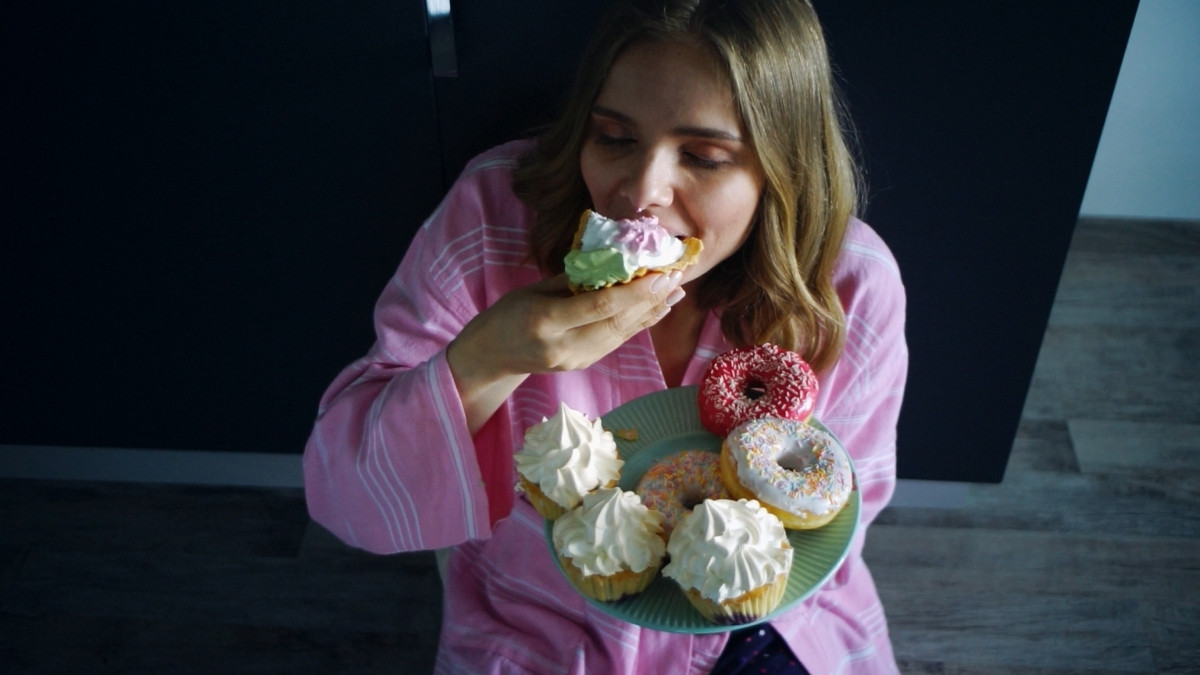
The Problem: That innocent-looking muffin at the coffee shop packs 2-5 grams of trans fat per serving.
Store-bought baked goods use cheap shortening and margarine. These contain trans fats. Trans fats are worse for your cholesterol than any other type of fat. They raise your bad cholesterol and lower your good cholesterol at the same time.
Where Trans Fats Hide:
- Grocery store cookies and cakes
- Bakery items at coffee shops
- Frosting (even the “healthy” brands)
- Pie crusts
- Crackers and snack foods
- Donuts and pastries
What This Means for You: One store-bought cookie can contain more harmful fat than a burger. Your body can’t process trans fats the way it handles natural fats.
Simple Swaps That Work:
- Make treats at home with olive oil or butter
- Choose fresh fruit with a small piece of dark chocolate
- Buy from bakeries that use real butter (ask them)
- Read labels – avoid anything with “partially hydrogenated oil”
Why Fried Foods Clog Your Arteries

The Problem: That order of fries contains 3-8 grams of artery-clogging fat, depending on the oil and how it’s cooked.
When food gets deep fried, it soaks up oil like a sponge. The high heat changes the oil’s structure. This creates compounds that raise your cholesterol and inflame your arteries.
Where These Fats Hide:
- Restaurant side dishes (even at “healthy” places)
- Fast food (obvious, but worth mentioning)
- Bar snacks like wings and mozzarella sticks
- Frozen foods you heat at home
- Food truck meals
What This Means for You: The oil used matters, but even “good” oils become harmful when heated to frying temperatures. Your arteries pay the price every time.
Simple Swaps That Work:
- Try baked sweet potato fries with a drizzle of olive oil
- Use an air fryer for that crispy texture without the oil
- Choose roasted vegetables as your side dish
- Grill or bake chicken instead of frying it
Why Coconut Oil Isn’t the Health Food You Think It Is
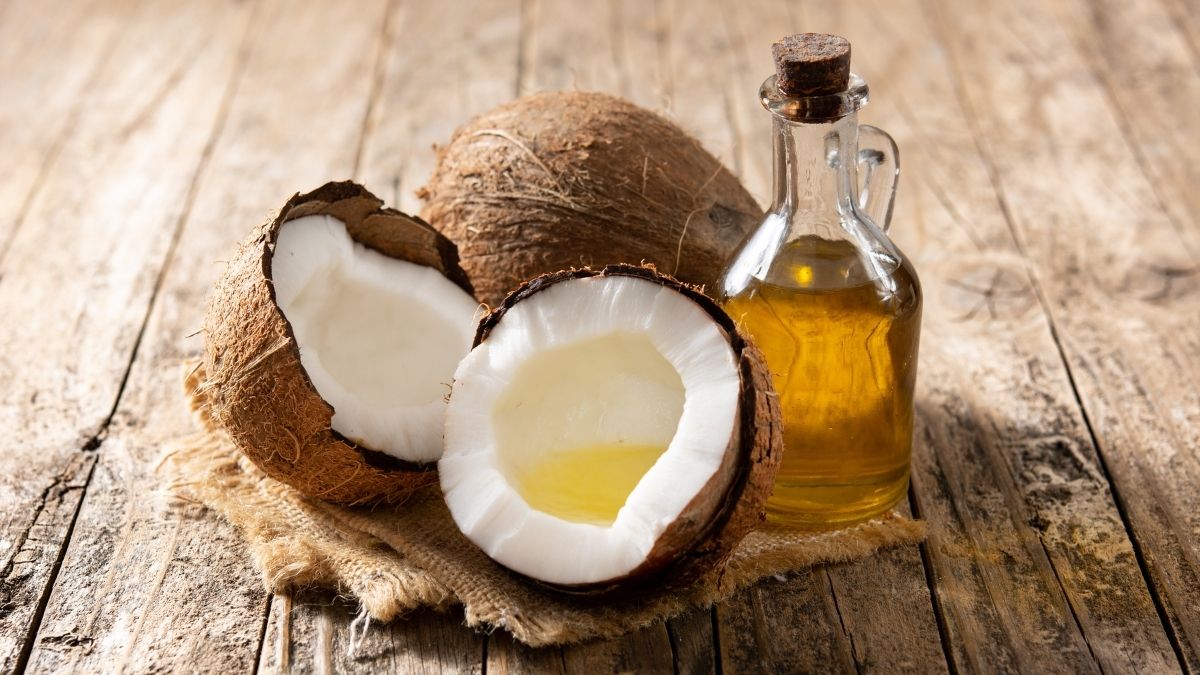
The Problem: One tablespoon of coconut oil contains 12 grams of saturated fat. That’s 60% of your daily limit in just one spoonful.
Marketing makes coconut oil sound healthy. But it contains more saturated fat than butter. Your liver turns this saturated fat into cholesterol. Palm oil has the same problem.
Where These Oils Hide:
- Non-dairy coffee creamers
- Packaged snack foods
- Restaurant cooking (they’re cheap to use)
- Health food store products
- Protein bars and “healthy” treats
What This Means for You: Just because something is plant-based doesn’t make it heart-healthy. These tropical oils raise your cholesterol just like animal fats do.
Simple Swaps That Work:
- Use olive oil for cooking and salads
- Try avocado oil for high-heat cooking
- Choose regular milk or oat milk in your coffee
- Read ingredient lists on packaged foods
- Cook more meals at home where you control the oil
The Bottom Line
These three food hazards share one thing: they’re everywhere, and food companies don’t make it easy to spot them.
But now you know what to look for. Small changes in what you buy and eat can make a big difference in how you feel and how healthy your heart stays.
Quick Reference: Cholesterol Content Comparison
| Food Item | Cholesterol (mg) | Saturated Fat (g) | Serving Size |
|---|---|---|---|
| Beef Liver | 564 | 2.5 | 3.5 oz |
| Egg Yolk | 186 | 1.6 | 1 large |
| Shrimp | 85 | 0.2 | 3 oz |
| Lobster | 72 | 0.1 | 3 oz |
| Butter | 31 | 7.0 | 1 tbsp |
| Whole Milk | 24 | 5.0 | 1 cup |
| Cheddar Cheese | 30 | 6.0 | 1 oz |
Note: The American Heart Association recommends limiting dietary cholesterol to 300mg per day (200mg if you have heart disease) and saturated fat to less than 6% of total calories (about 13g for a 2000-calorie diet).

